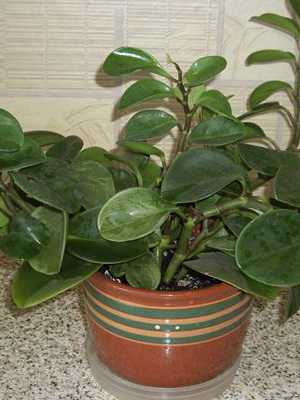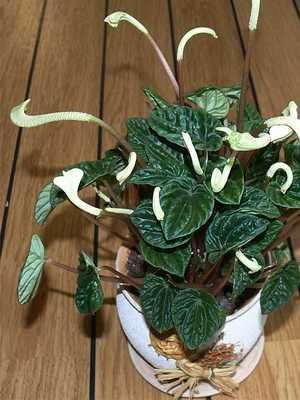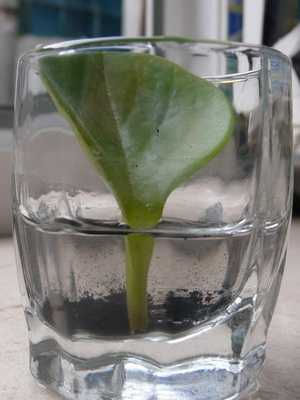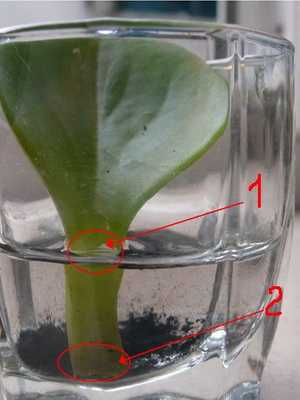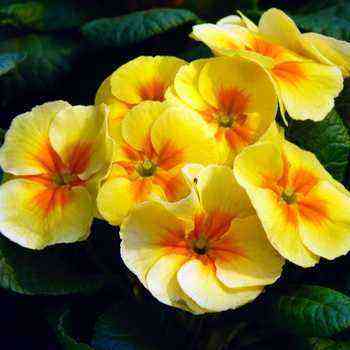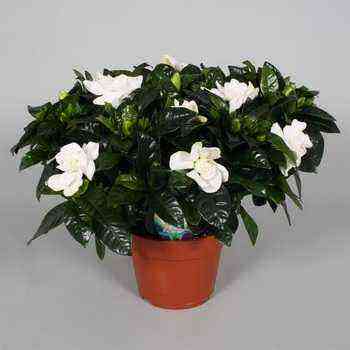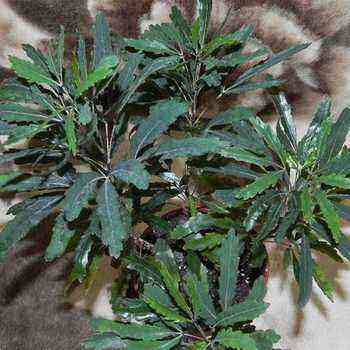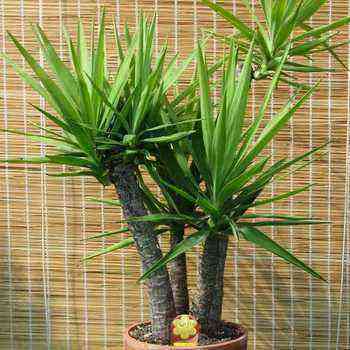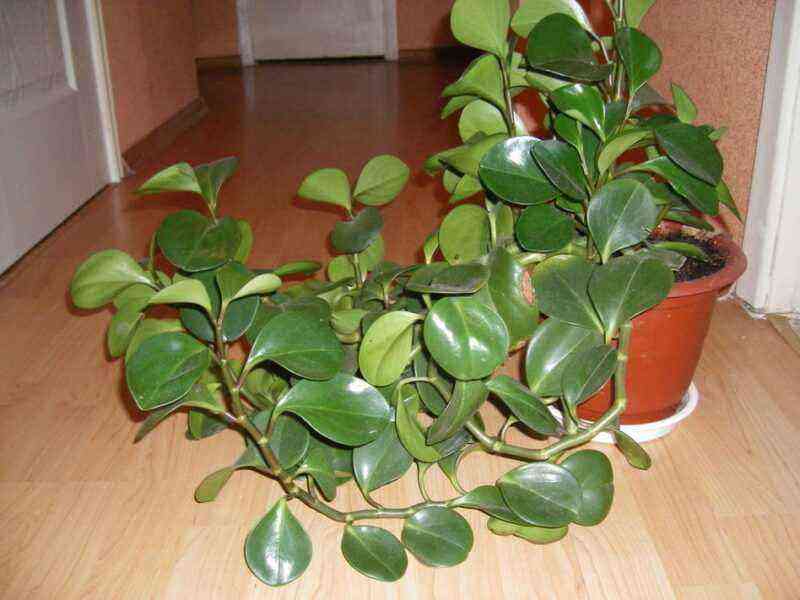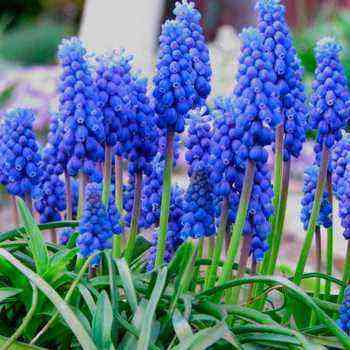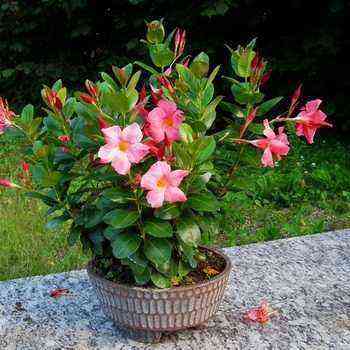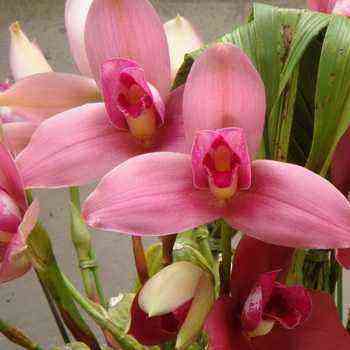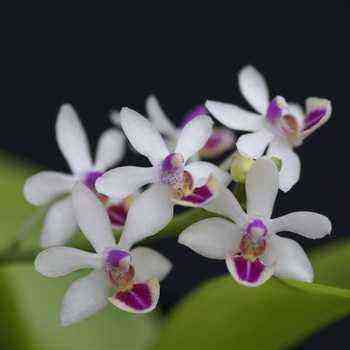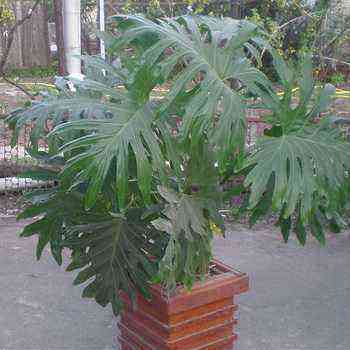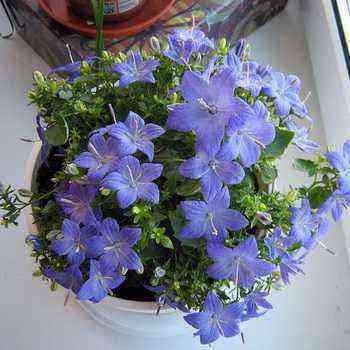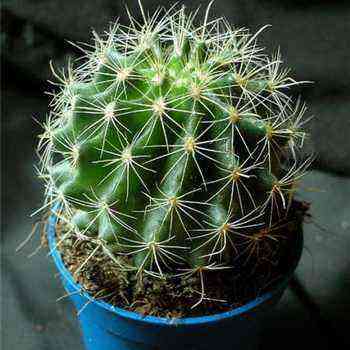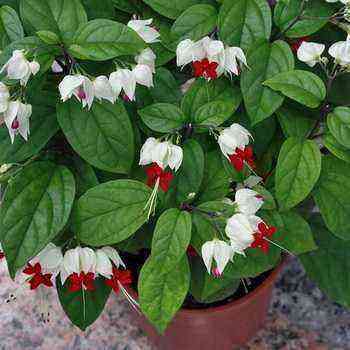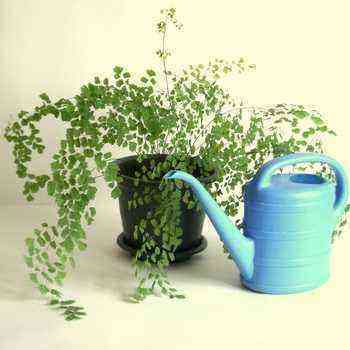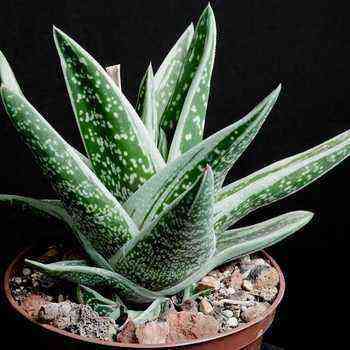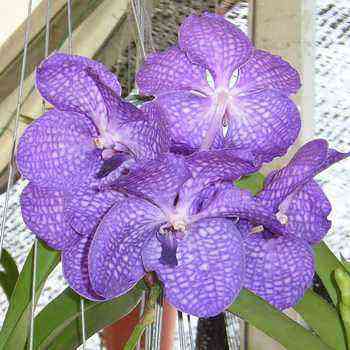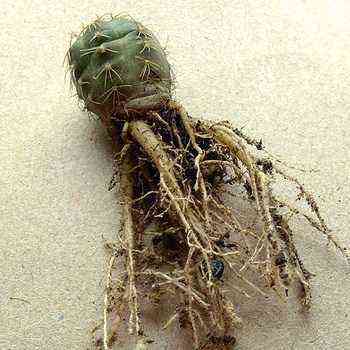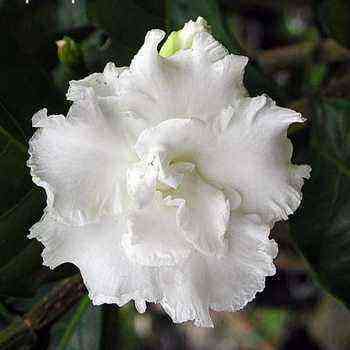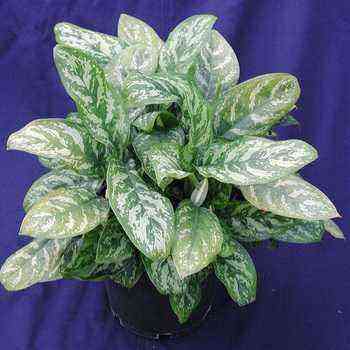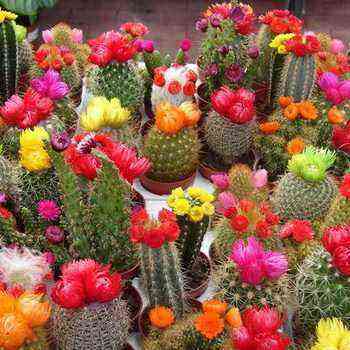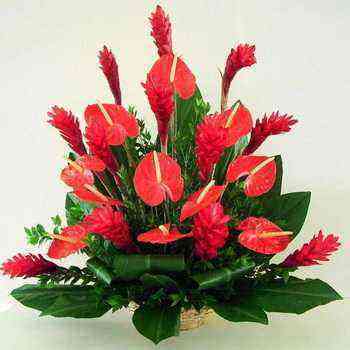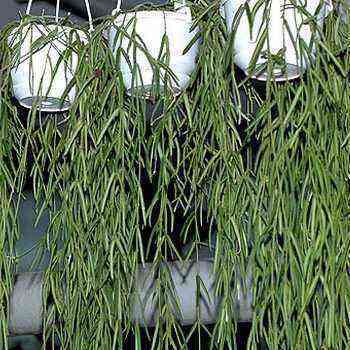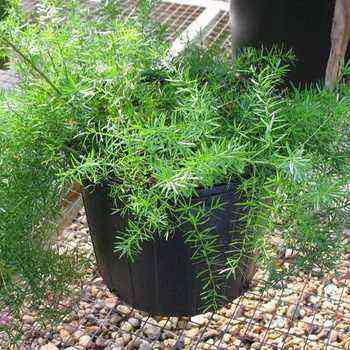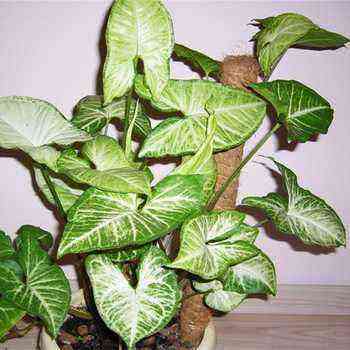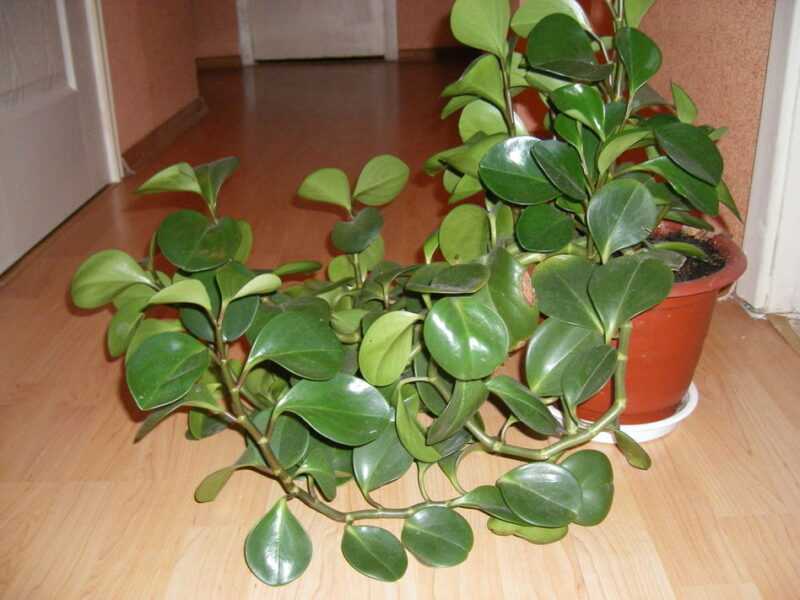
Peperomia (Peperomia) belongs to the Pepper family.
Homeland – tropics and subtropics of America and some regions of Southeast Asia.
The peperomia flower is one of the members of the pepper family. It grows mainly in the tropical and subtropical regions of America.
An ornamental-leaved perennial, evergreen herbaceous or semi-shrub plant with a bushy, erect or ampelous bush. Stems are thick, erect, lodging or creeping, up to 1,5 m long; there are species with shortened stems.
Peperomia leaves are leathery, of various shapes, sizes and structures. They also differ in color: green, golden, silver-striped, brown, olive. Leaves can be round, lanceolate, heart-shaped. From above, the leaves are usually smooth, but can also be wrinkled. The flowers are very small, without perianth, collected in cob inflorescences or white twisted ears.
Peperomia plant species: photos and names
The most popular are:

Peperomia hybrid (P. hybrida)
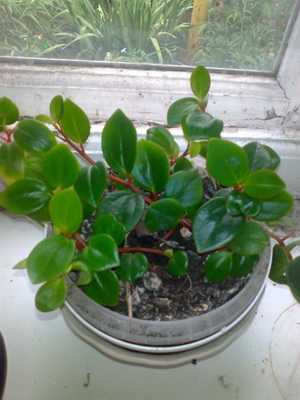
Peperomia headache (P. glabella)
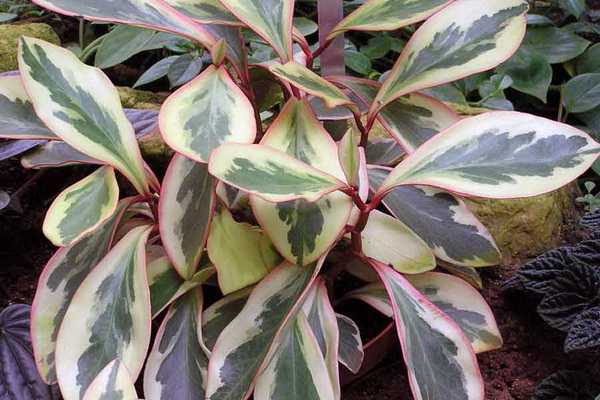
Peperomia clusiform (P. clusiifolia) erect plant, succulent green leaves with a purple border

Peperomia is reddish (P. rubella)
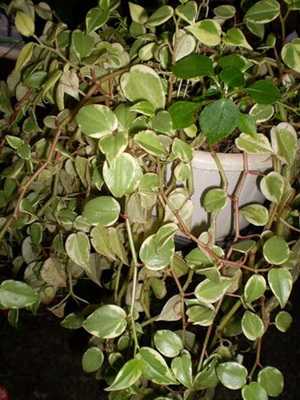
Peperomia climbing motley uniform (P. scandensf.variegata)

Peperomia magnolia-leaved ‘Atropurpurea’ (P. magnoliaefolia ‘Atropurpurea’)
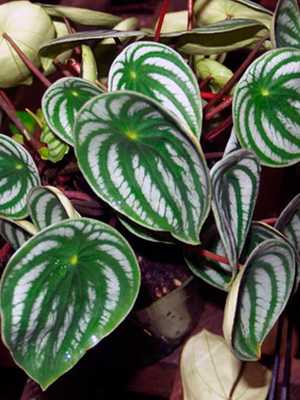
Peperomia multi-spotted (P. maculosa)

Peperomia marble (P. marmorata)
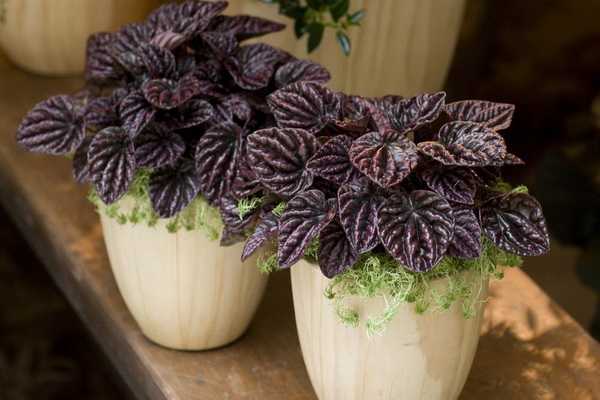
Peperomia shriveled (P. caperata) – has shriveled leaves of a dark green color.
One of the most beautiful plant species is magnolialeaf peperomia – a highly branching plant. The leaves are short, with a notched apex and a wedge-shaped base (up to 2 cm in length), alternate, smooth, rounded or elliptical in shape. The species grows in Panama, the Antilles, in the north of South America.
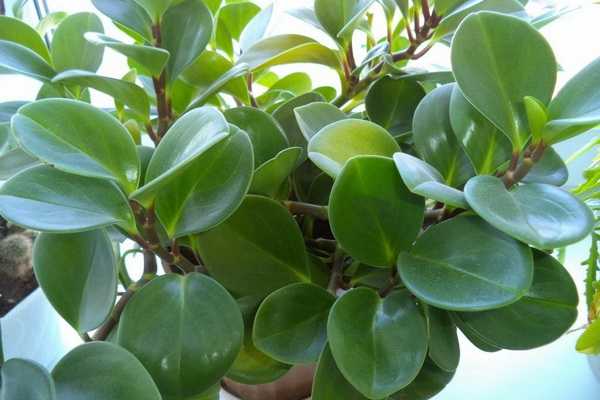
Peperomia bearded – ampelous plant with long, thin shoots covered with small oval leaves.
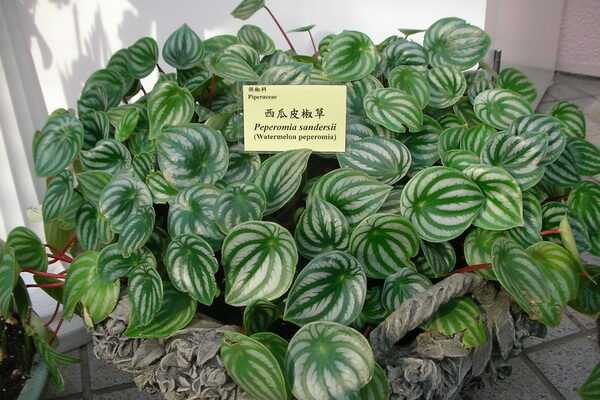
Peperomia arifolia it is considered the most decorative species due to the silvery stripes on the leaves.

Peperomia caprata can be easily recognized by the wrinkled leaves.
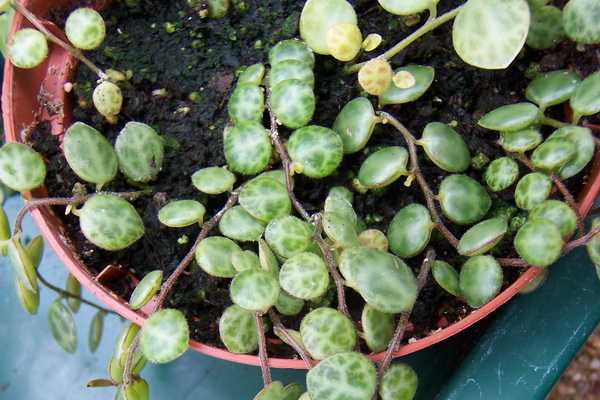
Peperomia climbing, variegated – P. scandens variegate.
Homeland – Peru. Ampel or creeping plant with fleshy yellowish-white stems and small heart-shaped light green leaves, decorated with creamy white irregular stripes. Inflorescences on reddish pedicels. Undemanding to lighting.

Peperomia gray – P. incana … Homeland – Brazil. The stem is thick, fleshy, pale green. The leaves are large, gray-green, fleshy, cordate, slightly pubescent.
As you can see in the photo, in the indoor peperomia flower of this species, young shoots are slender, but over time they become ampelous:
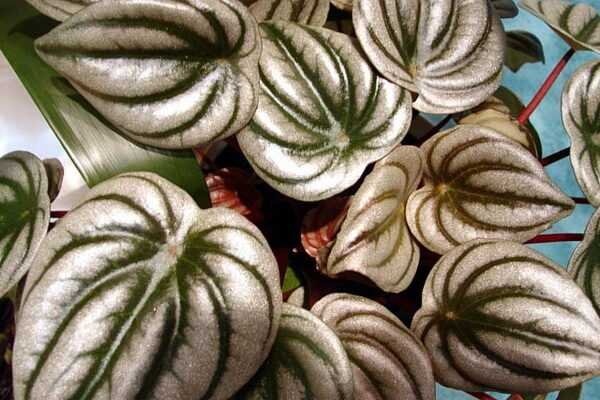
Peperomia silvery (P. argyreia) – a short, compact plant with a short branching pinkish-green stem.
The leaves are rounded-ovate, 6–9 cm long and 5–8 cm wide, collected in rosettes, dark green with silvery stripes, with a pearlescent tint. The flowers are small, greenish-white, collected in a thin inflorescence.
In culture, shriveled peperomia is most often grown. Her homeland is Brazil. Plant height is no more than 10-15 cm. Flowering usually occurs in summer. The inflorescences are curved, in the form of a long outgrowth, similar to a tail, composed of very small flowers. In indoor floriculture, peperomias are used to fill small volumes when decorating interiors.
Look at the photos of the types of peperomia, the names of which are given above:
Caring for indoor peperomia flower at home
Peperomia is most often grown on north-facing windows. However, variegated plants acquire a particularly beautiful color in the sun (protection from midday rays is required). Plants are unpretentious, winter at 16-18 ° C, in summer – a few degrees higher. At low temperatures, peperomia grows poorly.
In the process of caring for peperomia, spraying the plant is useful, with the exception of species with pubescent leaves.
Peperomias are grown in light, slightly acidic (pH 5,5–6,5) soil mixtures with the addition of peat; they should be transplanted into a larger pot only as needed. The substrate for planting peperomia is prepared from leafy and humus soil, peat and sand (1: 1: 1: 1). …
The plant does not need abundant watering. It is enough to do this once every 2-3 days in the summer and once every two weeks in the winter. Watering is recommended evenly throughout the year. Species that have succulent leaves and stems are not harmed by the temporary drying out of the coma. For proper care of the peperomia flower at home, the water must be settled, soft. At each watering, the plant is fed with liquid flower fertilizers, diluted in half.
The indoor plant peperomia stores water in the leaves, therefore, with excessive watering, it quickly decays.
The flower is propagated by individual leaves, bunches of leaves and cuttings, which are planted in a light nutrient mixture for rooting.
Great harm to the plant is caused by nematodes and spider mites.
Growing difficulties. Decay of stems and root system. Reason: waterlogging of the soil. It is necessary to reduce the amount of water when watering.
Change in leaf color. Reason: lack of lighting. It is recommended to move the plant to a brighter place.
